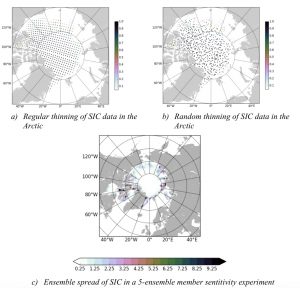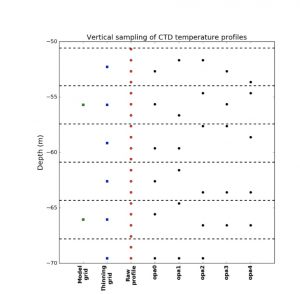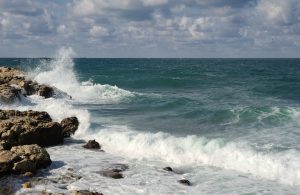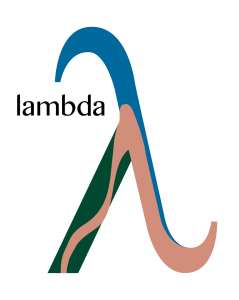DEVELOPMENT OF AN ADVANCED ENSEMBLE-BASED OCEAN DATA ASSIMILATION APPROACH FOR OCEAN AND COUPLED REANALYSES
PI and organization: E. de Boisséson (ECMWF)
Co-Is: H. Zuo, M. Balmaseda, P. de Rosnay (ECMWF)
Abstract: The treatment of ocean observations, particularly at the air-sea interface, and air-sea fluxes is a crucial aspect of coupled ocean-atmosphere models with assimilative capability. Ocean analysis systems rely on thinning or super-observation schemes to average the information from ocean observations towards the scales resolved by the ocean model. A more extensive use of the ocean observing system can be achieved by combining perturbation techniques with an ensemble approach. In this project, an advanced assimilation methods will be developed based on a generic ensemble generation scheme with the focus on providing improved estimation of upper ocean properties by optimising treatment of ocean observations as well as atmospheric forcing fluxes. The method will improve the use of the information from the ocean observing system, assimilate more observations than conventional methods and provide uncertainty estimates. This approach will take into account the uncertainty linked to the representativeness of the observations as well as the uncertainty from the specification of the air-sea fluxes and the sea surface constraints. As a proof of concept, the method will be first applied to an ocean-only reanalysis system before being tested in an ocean-atmosphere coupled system. The uncertainty estimates will be analysed in both systems to identify the potential strengths of the ensemble approach and the impact of coupling in estimating uncertainties. The new ensemble generation method will be evaluated against independent observations, with reference to the CMEMS Global Reanalysis Ensemble Product (GREP). This study will provide a new ensemble generation method applicable to future CMEMS (re)analysis and forecast services, for both global and regional Monitoring and Forecasting Centres (MFCs).
Project highlight at mid-term:
In ocean analysis systems, a substantial part of the uncertainty comes from the observation representativeness errors that are introduced when matching physical observations to the model resolution. To reduce problems with representativeness, ocean analysis systems rely on super- observation and thinning techniques to average the information from observations towards the scales of the ocean model. Some of this information is lost in the procedure. Within the GENOA project, we have been developing a new perturbation method that, together with an ensemble approach, will better exploit the information from the observing system. The final product will be a generic ensemble generation scheme for ocean analysis.
This new method has now been implemented in the ECMWF ocean data assimilation system. It works on both sea surface and subsurface observations. Sea ice concentration data, for example, are usually ingested in the analysis system using a thinning method with a fixed sampling interval (around 0.5 ̊) in both latitudinal and longitudinal directions (Figure 1a). A random sampling method has been imbedded in the thinning scheme (Figure 1b). Together with an ensemble approach, the new scheme uses a greater variety of observation and produces ensemble spread that represent reasonable uncertainties in sea ice concentration (Figure 1c). On the vertical, the current pre-defined vertical thinning scheme (opa0 on Figure 2) has evolved into a stratified random thinning around each thinning level (opa1-to-4 on Figure 2). This method, together with an ensemble approach, allows to exploit the full vertical resolution of the profile observations.
Figure 1. (a) Daily-averaged gridded SIC data over the Arctic region from CMEMS OSTIA as assimilated in the ECMWF ORA system using a regular thinning. (b) SIC data as assimilated in the new system using the random thinning method for one specific ensemble member. (c) Ensemble spread of SIC (in %) over the Arctic region in a 5-ensemble member sensitivity experiment using a random sampling of SIC data. As one would expect the uncertainty is more substantial at the sea- ice edge and close to the continent.
Figure 2. Illustration of the vertical sampling method used in the ECMWF ORA system and overview of an alternative method based on a random sampling. From left to right, are plotted the vertical sampling by the model grid between 50m and 70m depth, the standard pre-defined thinning in the ECMWF ORA system (thinning grid), the sampling by a CTD probe (raw profile) and the regular (opa0) and random sampling in four realizations (opa1 to opa4).




